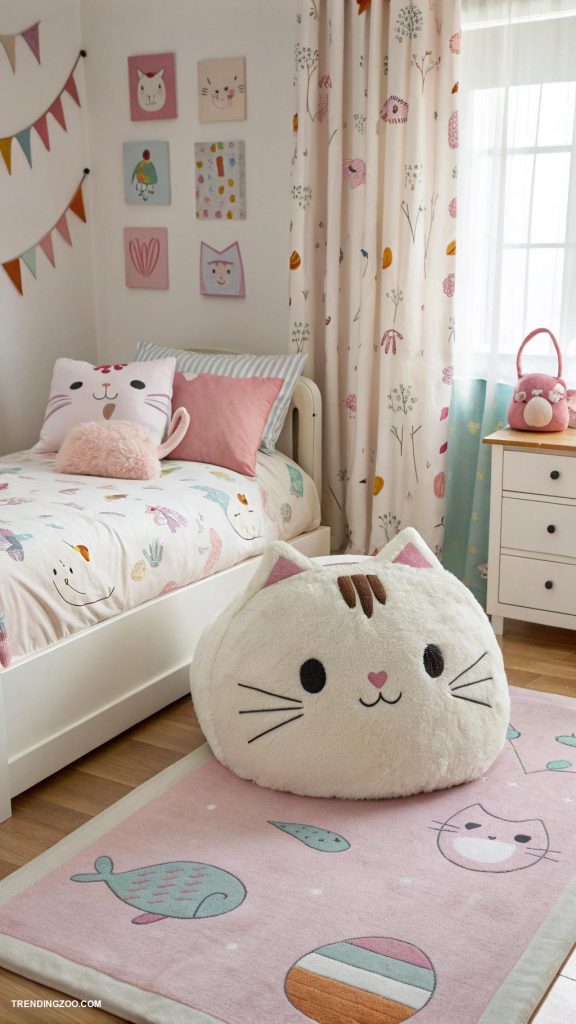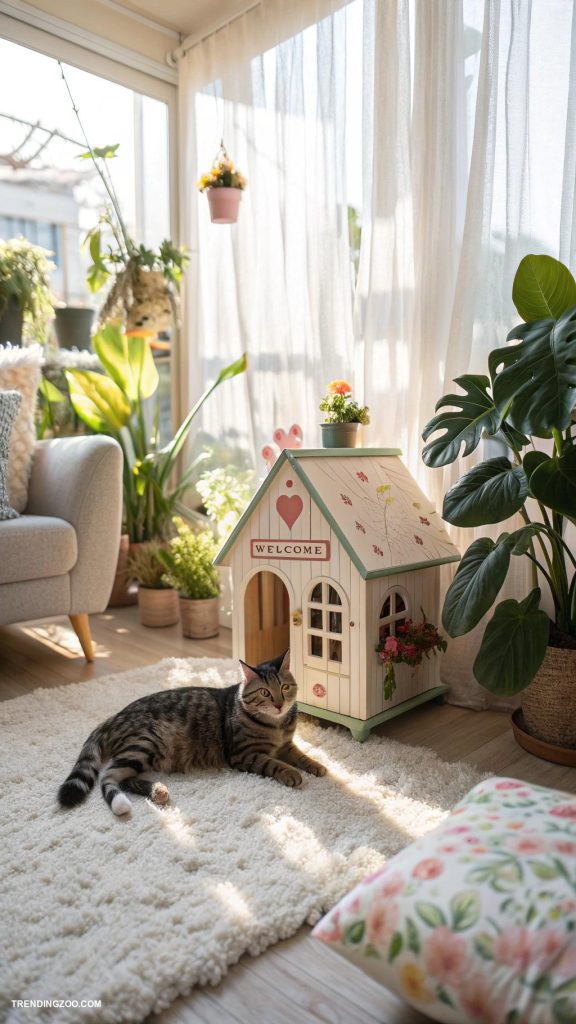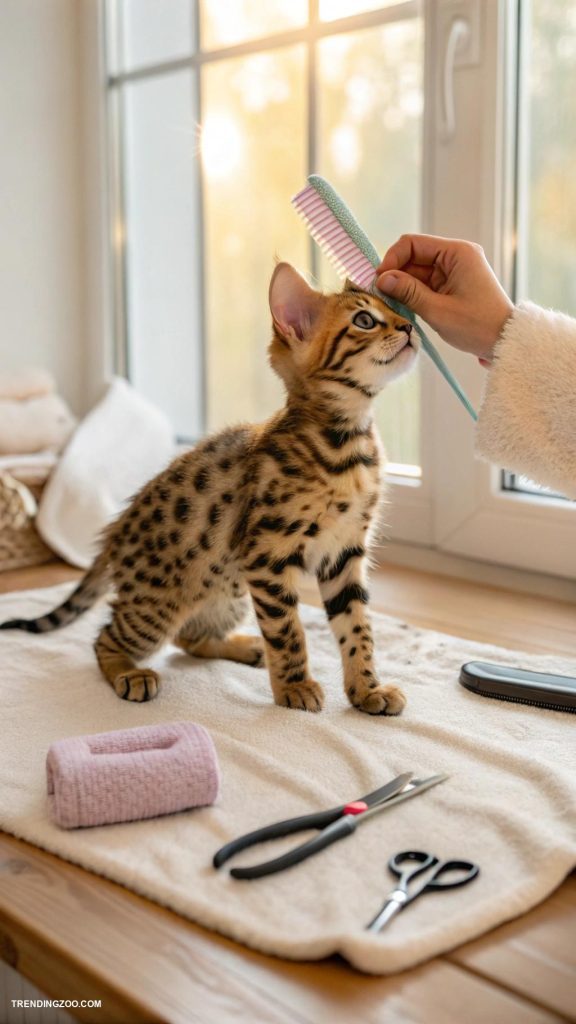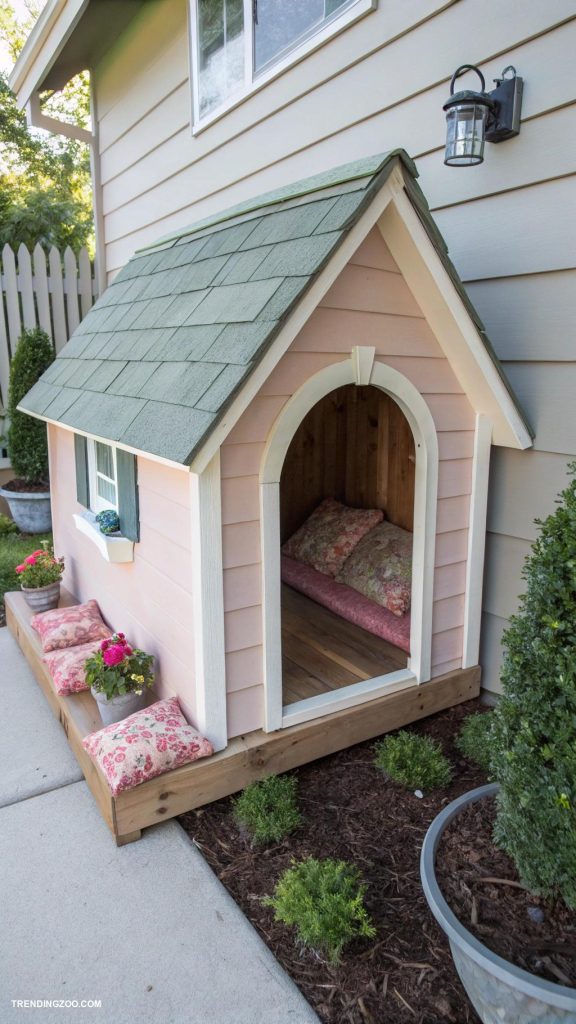The poodle – a breed so iconic, so elegant, and so utterly charming that it’s no wonder they’ve captured the hearts of dog lovers around the world. With their curly coats, expressive eyes, and intelligent gazes, it’s easy to see why poodles have become a staple of modern canine culture. But beyond their adorable exteriors, poodles are also intelligent, active, and loyal companions, making them a fantastic addition to any family.
Whether you’re a seasoned dog owner or just starting to consider bringing a furry friend into your life, the poodle is definitely a breed worth getting to know. In this article, we’ll delve into the world of poodles, exploring their history, characteristics, and unique needs, to help you decide if this charming breed is the perfect fit for you.
Origin and History of Poodles
The origin and history of Poodles date back to ancient times, with evidence suggesting that they descended from water retrievers in Germany over 400 years ago. The name “Poodle” is believed to be derived from the German word “Pudel,” meaning “to splash in the water.”
Initially, Poodles were bred to hunt waterfowl, retrieving game for hunters and fishermen. Their distinctive coat, which was originally curly and hypoallergenic, helped to repel water and reduce the risk of hypothermia when working in cold, wet conditions. The breed’s intelligence, athleticism, and trainability made them highly effective hunters, and they quickly gained popularity among European nobility. By the 18th century, Poodles had become a staple of royal courts, with King Louis XIV of France even keeping a pair of Poodles as pets.
Over time, the breed was developed into three distinct sizes: Toy, Miniature, and Standard, each with its own unique characteristics and traits. Despite their regal heritage, Poodles have remained a beloved companion animal, prized for their intelligence, loyalty, and affectionate nature.
Types of Poodles: Standards, Miniature, and Toy
The poodle breed is renowned for its distinctive appearance and impressive intelligence, and it comes in three main sizes: Standard, Miniature, and Toy. The Standard Poodle is the largest of the three, typically weighing between 40-70 pounds and standing between 15-20 inches tall at the shoulder.
Despite their size, Standards are known for their athletic ability and are often used as show dogs, agility competitors, and even therapy dogs. Miniature Poodles, on the other hand, weigh between 10-15 pounds and stand between 11-14 inches tall, making them a popular choice as family pets and show dogs.
Toy Poodles are the smallest of the three, weighing between 6-14 pounds and standing between 10-11 inches tall, and are often kept as beloved companions and show dogs. Despite their differences in size, all three varieties of Poodles share a common coat type, characterized by a thick, curly or corded layer that requires regular grooming to prevent matting and tangling.
Physical Characteristics and Grooming Needs
Poodles are renowned for their distinctive physical characteristics, which are often a major draw for many pet owners. The breed comes in three main sizes: Toy, Miniature, and Standard, each with its unique size and weight range. Toy Poodles typically weigh between 6-10 pounds and stand 10 inches tall, while Miniature Poodles weigh 10-15 pounds and reach 11-14 inches in height.
Standard Poodles, the largest of the group, can weigh 40-70 pounds and stand 15-20 inches tall. Regardless of size, Poodles are known for their curly, non-shedding coats that require regular grooming to prevent matting and tangling. Their fur is often described as hypoallergenic, making them a popular choice for those with allergies.
Poodles’ grooming needs are quite extensive, requiring daily brushing, regular bathing, and trimming every six to eight weeks. Their ears and eyes also require regular cleaning to prevent infections, and their nails need to be trimmed regularly to prevent overgrowth. With proper care and attention, Poodles can maintain their beautiful, flowing coats and remain a beloved companion for many years to come.
Temperament and Personality Traits
Poodle temperament and personality traits are highly regarded for their intelligence, loyalty, and trainability. Known for their friendly and outgoing nature, poodles are often described as gentle, curious, and playful. They thrive on human interaction and attention, making them excellent family pets.
Fiercely loyal to their owners, poodles can become protective of their family and territory, but this trait can be managed with proper socialization and training. With proper care and attention, poodles can grow into confident and outgoing companions. Their intelligence and trainability make them highly responsive to commands, and they excel in obedience training, agility, and other dog sports.
However, poodles can be sensitive to criticism and negative reinforcement, requiring patient and positive training methods. As a breed, poodles are generally quiet, with some individuals being more vocal than others. Overall, poodles’ unique blend of intelligence, loyalty, and trainability makes them a popular choice as both family pets and competitive show dogs.
Training and Socialization Tips
Poodles are renowned for their intelligence, trainability, and socialization skills, making them an excellent breed for families with children or for individuals seeking a loyal companion. To harness their full potential, it’s essential to start training and socialization from an early age.
Puppies typically respond well to positive reinforcement techniques, such as reward-based training, and consistency is key. Start with simple commands like “sit,” “stay,” and “come,” and gradually introduce more complex tasks. Be patient, as poodles can be stubborn at times, and remember to reward good behavior with treats, praise, and affection.
Socialization is equally crucial, as it helps poodles develop good manners and reduces the likelihood of fear-based behaviors. Introduce your poodle to various environments, people, and animals, starting with gentle and gradual exposure. This can include short walks, playdates, and visits to dog parks or pet stores.
As your poodle grows, continue to challenge them with new experiences and situations, always prioritizing their comfort and safety. By investing time and effort into training and socialization, you’ll be rewarded with a well-adjusted, loving, and loyal companion.
Health Considerations and Lifespan
As a popular and beloved breed, poodles are known for their intelligence, loyalty, and low-shedding coat. However, like all living beings, they require proper care and attention to maintain their overall health and well-being. Poodles are generally a long-lived breed, with an average lifespan of 12-15 years. Factors such as diet, exercise, and genetics can all impact an individual poodle’s lifespan.
For example, a well-cared-for poodle that receives regular veterinary check-ups, a balanced diet, and plenty of exercise can live up to 15 years or more, while a poodle that is neglected or suffers from health issues may have a shorter lifespan.
Certain health considerations are more common in poodles, such as hip dysplasia, eye problems, and autoimmune disorders. Responsible breeding practices and regular veterinary care can help identify and address these issues early on, ensuring a happy and healthy life for your poodle companion.
Poodles in Popular Culture
Poodles have had a significant impact on popular culture, often serving as a symbol of elegance, sophistication, and intelligence. In film and television, poodles have been featured in a range of roles, from beloved family pets to clever characters with their own personalities.
One of the most iconic examples is the poodle in the classic film “The Parent Trap,” where the dual roles of identical twin sisters are played by Hayley Mills, with a clever and adorable poodle by their side.
In more recent years, poodles have appeared in popular TV shows such as “Parks and Recreation” and “The Goldbergs,” often serving as a comedic foil or a symbol of the characters’ personalities. Additionally, poodles have been immortalized in art, music, and literature, with depictions of the breed appearing in works by famous artists such as Pablo Picasso and Salvador Dali.
In music, the poodle has been referenced in songs by artists such as The Beatles and The Kinks, often symbolizing the artist’s creative or rebellious spirit. Overall, poodles have become a cultural touchstone, representing the best qualities of human companionship and the power of creativity and imagination.







